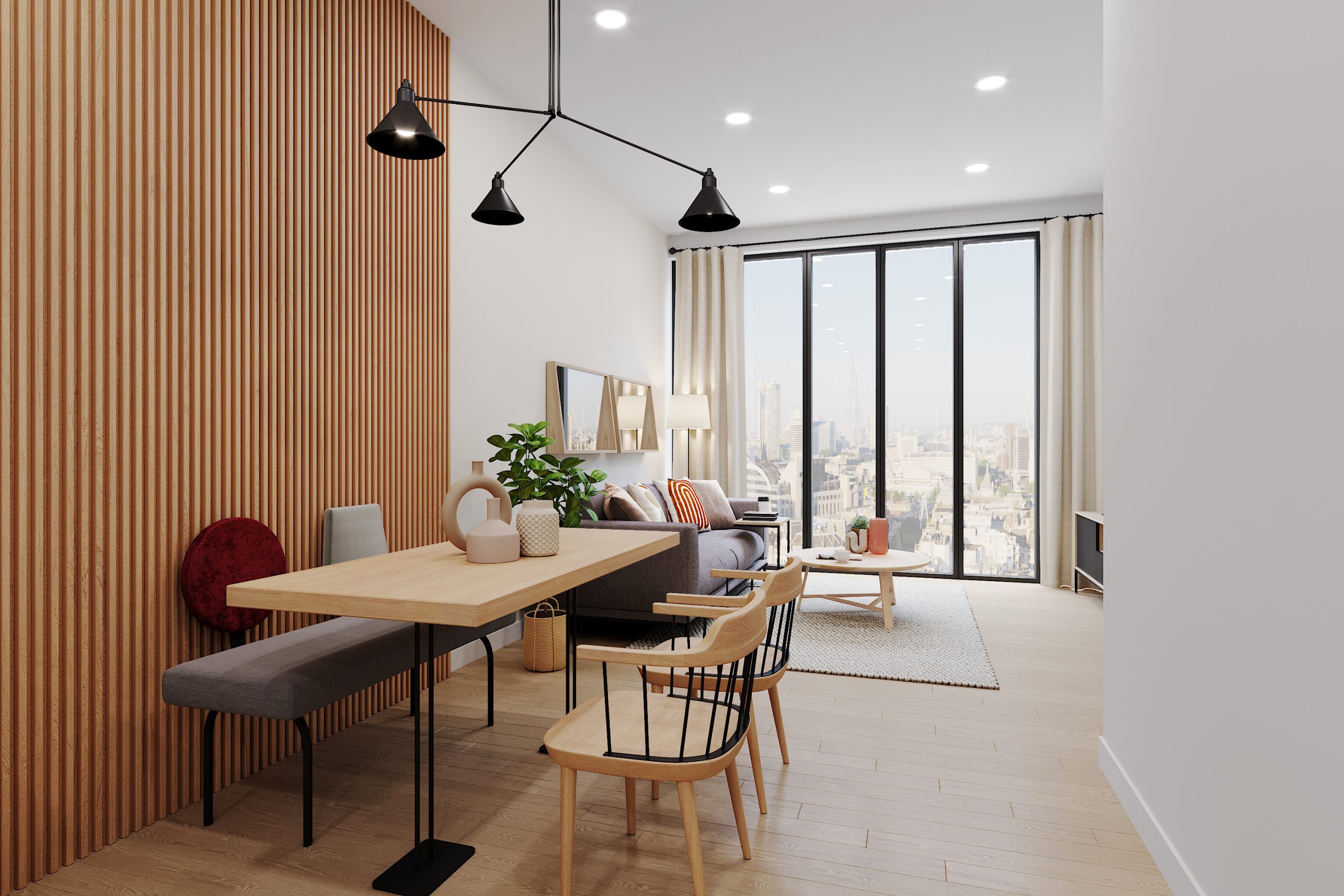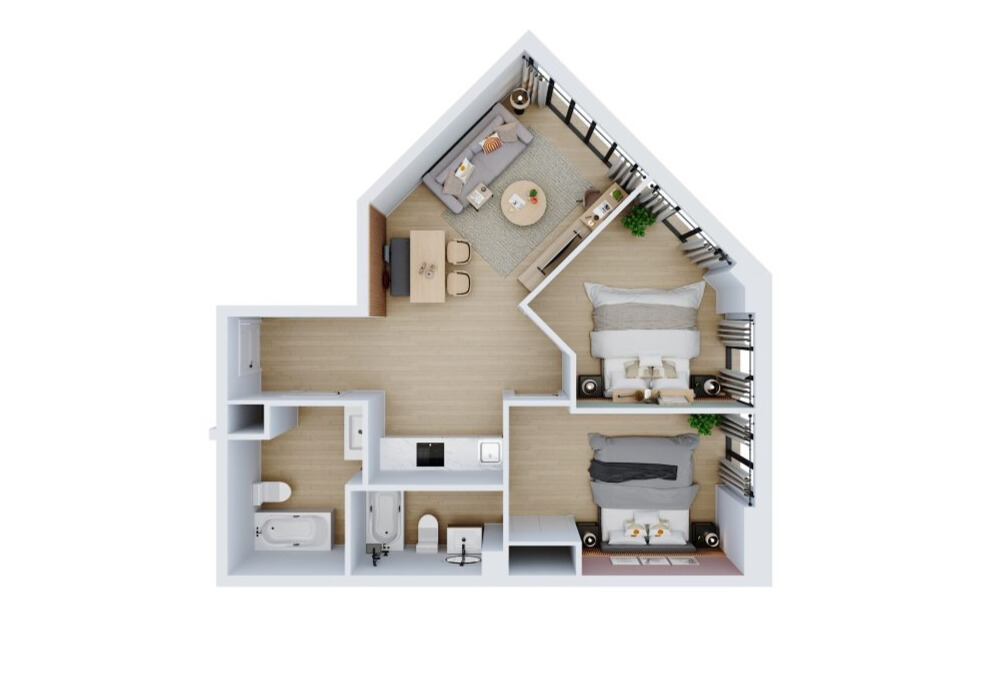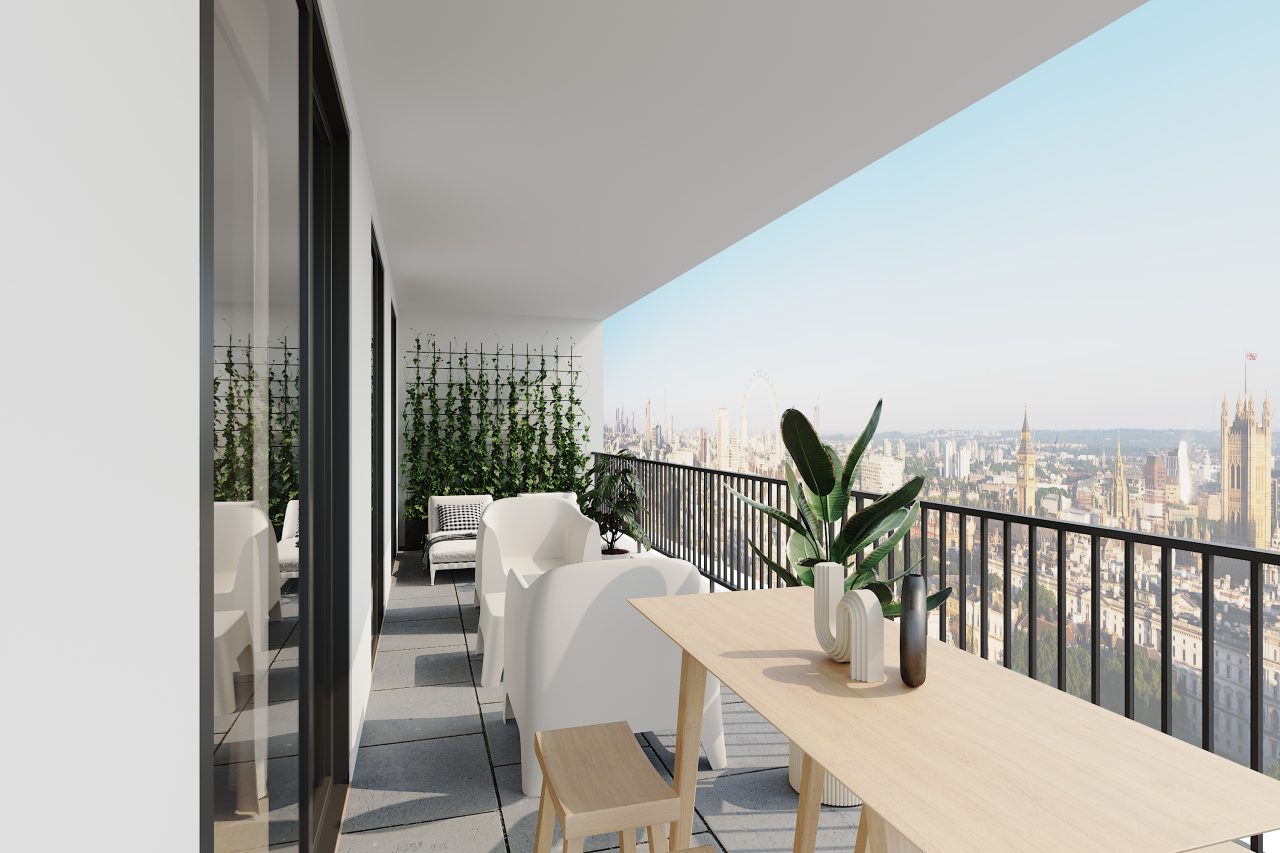Let’s take a brief stroll through the key milestones in the development of architectural renders.
Pencil and Paper:
In the early days of architectural rendering, architects relied on hand-drawn sketches and watercolor paintings to visualize their designs. These illustrations, while charming and artistic, were limited in their ability to convey realistic details and perspectives.
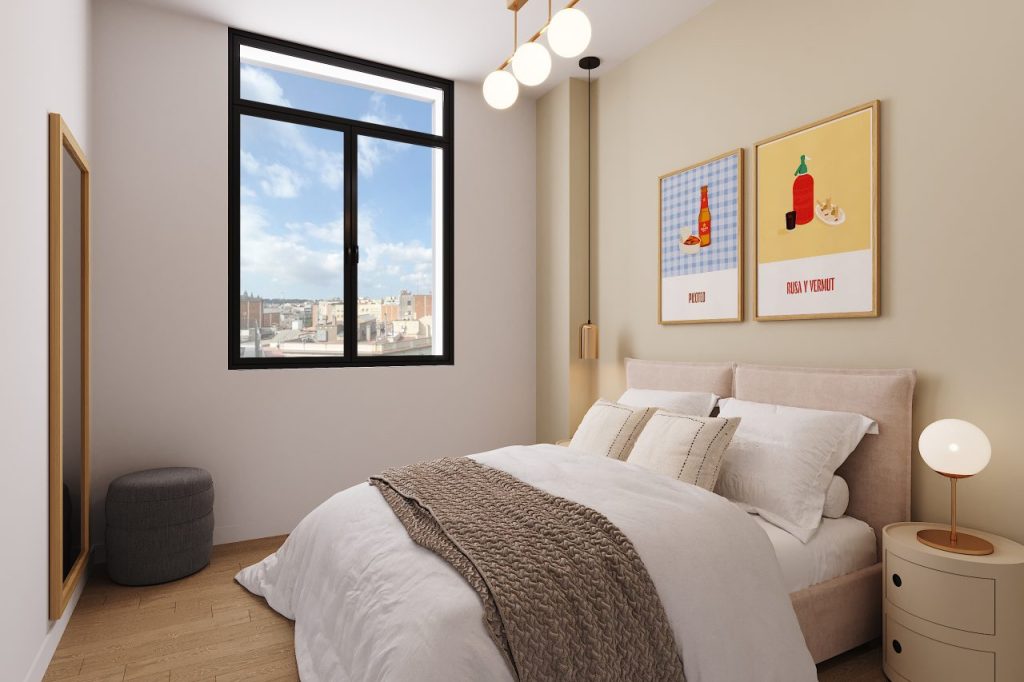
Introduction of Photography:
The late 19th century saw the integration of photography into architectural representation. Architects began incorporating photographs into their presentations, offering a more accurate depiction of the proposed structures. However, this method still had its limitations in conveying the architect’s vision comprehensively.
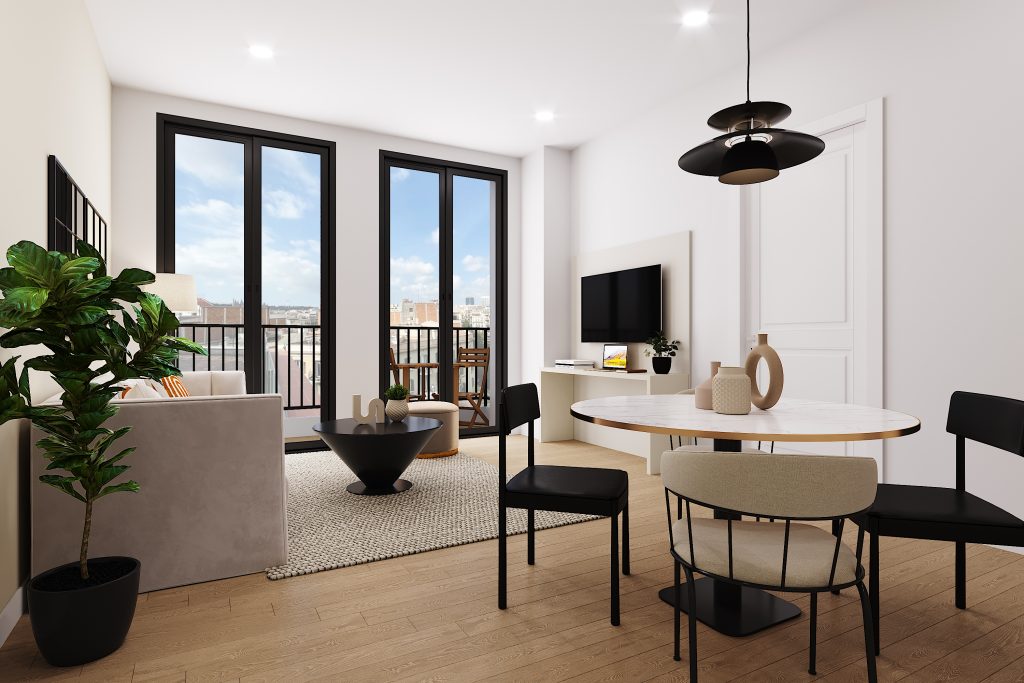
Emergence of 3D Modeling:
The mid-20th century witnessed a significant shift with the advent of 3D modeling techniques. Architects started using physical models to present their designs in three dimensions, providing clients and stakeholders with a more tangible sense of the spatial relationships within a project. These models, though revolutionary, were time-consuming and limited in terms of detail.
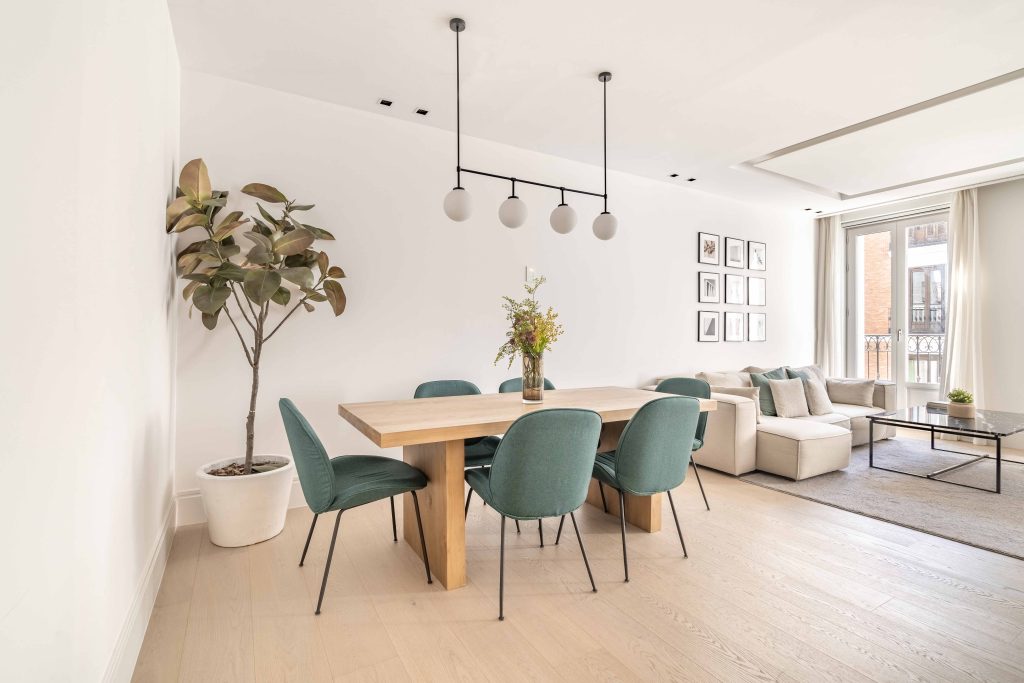
Digital Revolution's Dawn:
The late 20th century witnessed a digital revolution in architectural rendering. The widespread availability of computer-aided design (CAD) software facilitated more efficient creation of 3D models. Initial digital renders were rudimentary wireframe representations, marking the genesis of a transformative era in architectural visualization.
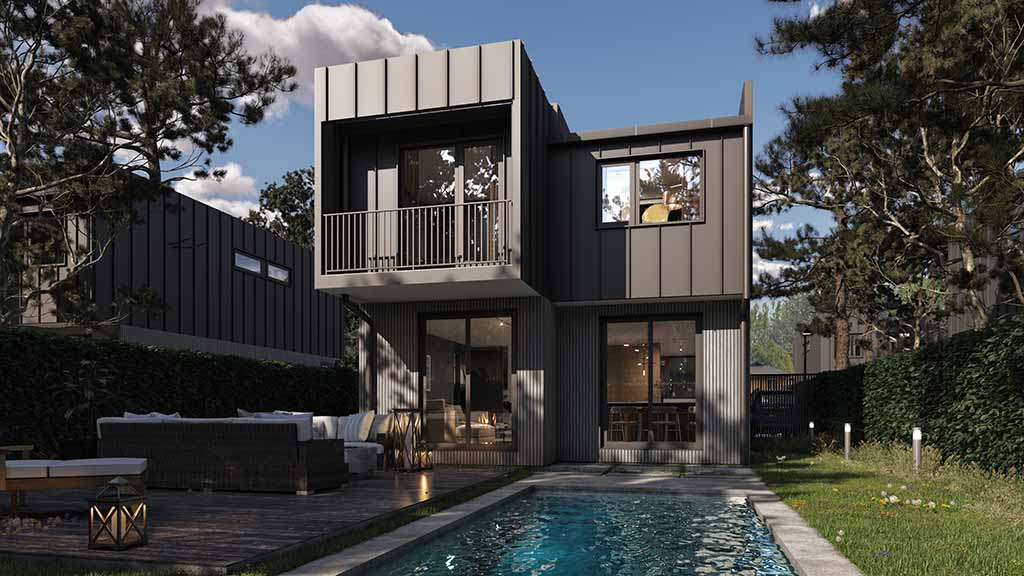
Proliferation of Rendering Software:
The 21st century ushered in a new epoch of hyper-realistic architectural renders.
Cutting-edge rendering software like Autodesk 3ds Max, V-Ray, and Lumion empowered architects to produce photorealistic images replete with intricate detail, lifelike lighting effects, and textures. This not only elevated the presentation of designs but also fostered enhanced communication among architects, clients, and stakeholders.
Virtual and Augmented Reality's Ascendance:
Recent years have witnessed an upsurge in the integration of virtual reality (VR) and augmented reality (AR) into architectural rendering.
Architects can now immerse clients in virtual walkthroughs of their designs, providing an unprecedented understanding of spatial experiences.
This technological pivot has not only revolutionized the design process but also emerged as a potent marketing tool.


